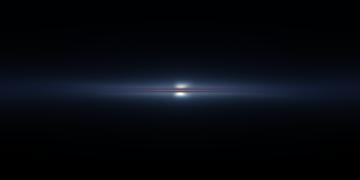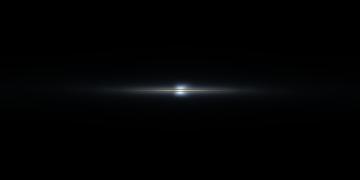 The model of stellar population synthesis built by our team for two
decades is used to elaborate a global view of the Galaxy including
dynamical and evolutionary aspects. Scenarii for the formation and
evolution produces theoretical distribution functions which are directly
compared with survey observations of different types (photometry,
kinematics, abundance distributions)
The model of stellar population synthesis built by our team for two
decades is used to elaborate a global view of the Galaxy including
dynamical and evolutionary aspects. Scenarii for the formation and
evolution produces theoretical distribution functions which are directly
compared with survey observations of different types (photometry,
kinematics, abundance distributions) We link the kinematical and dynamical point of view to an
evolution scheme through a key parameter : the stellar ages.
The age distribution of stars in the solar neighbourhood is derived
from a model of galactic evolution. The stellar populations of the
galactic disc are selfconsistently constrained by the Boltzmann and
Poisson equations through the potential of the mass model. Thus we
directly derive observational predictions from an overall description of
galactic structure and evolution.
A complete description of the model inputs can be found in
Robin, Reylé, Derrière, Picaud (2003). It includes:
- 4 populations (thin disc, thick disc, spheroid, bulge)
- Each population is described by a SFR history, an IMF, an age or age-range, a set of evolutionary tracks, kinematics, metallicity characteristics, and includes a white dwarf population
- Density laws for the thin disc are constrained self-consistently by the potential via the Boltzmann equation and are age dependent.
- The extinction is modeled by a diffuse thin disc. This is not reliable for the galactic plane where a more sophisticated 3D extinction model should be used instead. The user can include an extinction distribution along the line of sight of his own.
 The model is a powerful
tool to constrain either evolutionary scenarii or galactic structure
hypothesis through the comparison between model predictions and a large
variety of observational constraints such as star counts, photometry or
astrometry.
The model is a powerful
tool to constrain either evolutionary scenarii or galactic structure
hypothesis through the comparison between model predictions and a large
variety of observational constraints such as star counts, photometry or
astrometry.
Model simulations are produced in the form of
- catalogues of pseudo-stars, from Monte-Carlo simulations. For each stars, observable parameters as well as intrinsic ones are given.
- tables of statistical distributions as a function of either observables (magnitudes, colours, proper motions, radial velocities) or intrinsic parameters (distances, spectral type, age, absolute magnitude).
- Integrated luminosity in any specified photometric band among UBVRIJHKL. Other photometric systems are being studied
 A number of quantitative
results has been obtained by comparing model predictions with suitable
observations, like multidirectional photometric and astrometric star
counts. Most important ones concern:
A number of quantitative
results has been obtained by comparing model predictions with suitable
observations, like multidirectional photometric and astrometric star
counts. Most important ones concern:
- constraints on thin disc evolution and star formation history
(Initial Mass Function, Star Formation Rate and age-velocity dispersion
relation, Haywood, 1993, 1994, Haywood et al., 1995)
- the scale length and radial cutoff of the galactic thin disc
(Robin et al., 1992a and b)
- the determination of the thick disc structural parameters, local density, metallicity and kinematics, which parameters favour a scenario of formation of the thick disc by a merging event at the beginning of life of the thin disc (Ojha,1994, Ojha et al., 1995, Robin et al., 1996)
- the thick disc IMF (Reylé, Robin, 2001, A&A 373, 886)
- the spheroid structural parameters, local density and IMF ( Robin, Reylé, Crézé, 2000, A&A 359, 103-112)
- the warp and flare parameters for the disc (Derrière & Robin, 2001, In "The new era of wide-field astronomy" ASP Conference series, vol. 232, A. Adamson R. Clowes et G. Bromage, editors, page 229, San Francisco, 2001)
- the bulge population (Picaud et al. in preparation)
 The resulting model can
be used for simulations of the galactic stellar populations in any
directions in photometric bands UBVRIJHKL as well as radial velocity and
proper motion distributions. It may help for preparing observations,
for evaluating the galactic stellar contamination in extragalatic
studies or in star cluster fields.
The resulting model can
be used for simulations of the galactic stellar populations in any
directions in photometric bands UBVRIJHKL as well as radial velocity and
proper motion distributions. It may help for preparing observations,
for evaluating the galactic stellar contamination in extragalatic
studies or in star cluster fields.
 Simulations :
Simulations : - Image in 3 colours of the Galaxy as would be seen from the
sun. Colours are given by the integrated flux in bands BVR

- Image in 3 colours of the Galaxy as would be seen
from the sun. Colours are given by the integrated flux in bands JHK.
